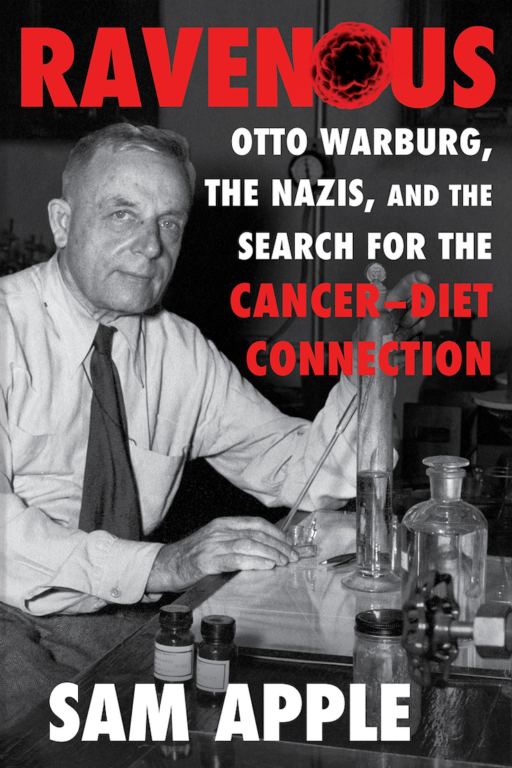


Introducing GcMAF into the body through injection rebuilds the person’s immune system to fight again and heal the body. Nagalase is produced by cancer cells and viruses, such as Epstein-Barr virus, and chances are, most of us have higher levels of Nagalase than GcMAF. GcMAF is produced naturally in the body, but its challenge is an enzyme called Nagalase, which reduces GcMAF. GcMAF prevents the cancer cells from receiving nutrients, thus stopping their growth.

GcMAF is the most important part of the immune system, without it the immune system does not function. GcMAF is a “Vitamin D binding protein macrophage activating factor” that has the potential to cure the incurable diseases: cancer, autism, and Parkinson’s, according to the Foundation for Alternative and Integrative Medicine. This opens new avenues for cancer prevention and life extension in human medicine.What’s the motive? There’s a surprising link being found between many of these doctors– they knew what GcMAF was. In one of their experiments, the researchers noticed that when naked mole rat HAS2 synthesis protein was overexpressed in human cell tissues, the cells began secreting HMM-HA. However, there has been some evidence showing there is reason for hope. So far, experiments in human cells have been very limited.
THE SECRETS OF UNDERGROUND MEDICINE CANCER CURE SKIN
The researchers speculate that naked mole rats evolved higher concentrations of HA in the skin to provide the skin elasticity needed for life in underground tunnels. This highlights a parallel evolution in unrelated subterranean mammals, presumably a shared adaptation to life underground". Remarkably, explains Professor Nevo, "the cells of the Israeli solitary blind mole rat, Spalax, which is phylogenetically closer to mice and rats than to naked mole rats, also secreted HMM-HA. The naked mole rat cells display a two-fold higher affinity to HA than mouse or human cells, contributing to the higher sensitivity of naked mole rat cells to HA signaling. These unique amino acid changes may be responsible for the high processivity of the naked mole rat HAS2 protein- in charge of HA synthesis. When researchers compared the Has2 gene between the naked mole rat and other mammals, they discovered that two unique amino acids, (asparagines), that are 100% conserved among mammals, were replaced by two other amino acids (serines), in the naked mole rat. This high- molecular-mass HA accumulates abundantly in naked mole rat tissues, owing to a more robust synthesis by a protein called HAS2 and a decreased activity of HA-degrading enzymes. According to the current results, the naked mole rat cells secrete extremely high-molecular mass HA, which is over five times larger than human or mouse HA. It is commonly used in the treatment of arthritis or in anti-wrinkle skin care products. HMM-HA is a form of Hyaluronan- a long sugar polymer, naturally present as a lubricant in the extracellular matrix of the human body. Eviatar Nevo, from the Institute of Evolution at the University of Haifa, "The experiments showed that when HMM-HA was removed from naked mole rat cells, they became susceptible to tumors and lost their contact inhibition". "Contact inhibition, a powerful anticancer mechanism, discovered by the Rochester team, arresting cell growth when cells come into contact with each other, is lost in cancer cells", explains Prof. They discovered that when secreted from the naked mole rat's cells, HMM-HA prevents cells from overcrowding and forming tumors. Recently, a team of researchers from the University of Rochester in New York and the University of Haifa found the naked mole rat's unique mechanism to staying cancer free- a super sugar called high-molecular-mass Hyaluronan (HMM-HA). The fact that so far, not a single incident of cancer has been detected makes the naked mole rat a fitting model for finding novel ways to fight cancer. This social tiny African subterranean rodent has a maximum lifespan exceeding 30 years and most surprisingly, is cancer-resistant. Naked mole rats however, are a mystery among mammals. Mice and rats have long since been a standard animal model for cancer research, mainly due to their short lifespan of four years on average and high incidence of cancer.


 0 kommentar(er)
0 kommentar(er)
